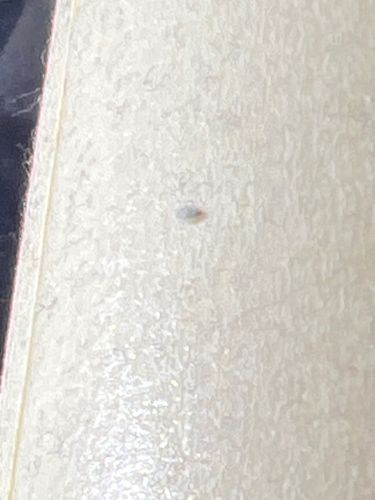Booklouse (or Psocid)
Scientific Name: Psocoptera (Order)
Order & Family: Order: Psocoptera, Family: Various (e.g., Liposcelididae, Psocidae)
Size: 1-2 mm

Natural Habitat
Damp, dark, and undisturbed places such as under wallpaper, in books, food storage areas, old papers, moldy grain, and other organic materials. Prefers high humidity.
Diet & Feeding
Feeds on microscopic mold, fungi, starch, paste in books/wallpaper, dead insects, and other organic debris. They are not blood feeders.
Behavior Patterns
Often found in large numbers but are harmless. They are attracted to humidity and food sources. They move quickly but are often unnoticed due to their small size. Some species are parthenogenetic.
Risks & Benefits
Risks: Can infest stored food products, books, and other household items containing starch or mold. While not directly harmful to humans (do not bite or transmit diseases), large infestations can be a nuisance and indicate underlying moisture problems. Benefits: Can act as decomposers by feeding on mold and organic detritus.
Identified on: 9/22/2025